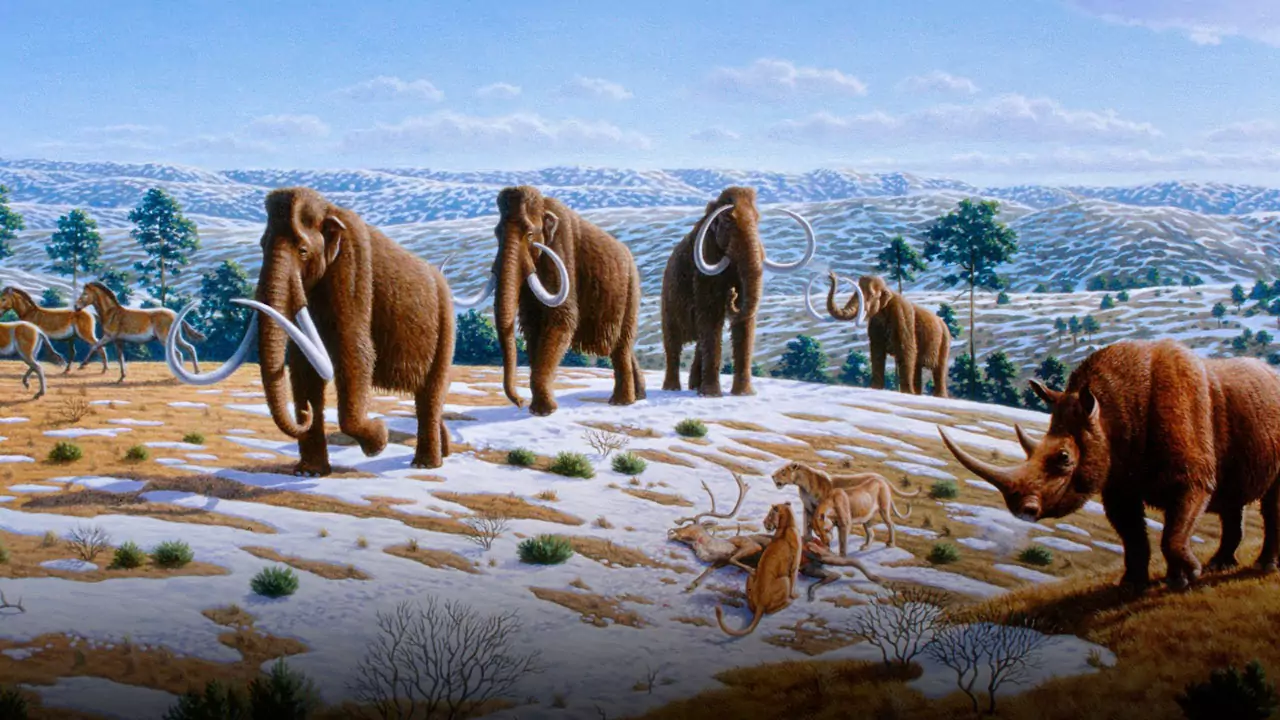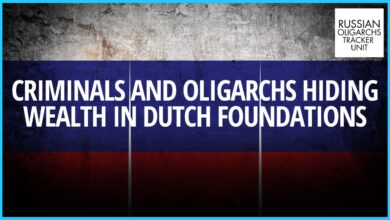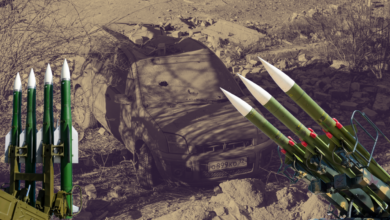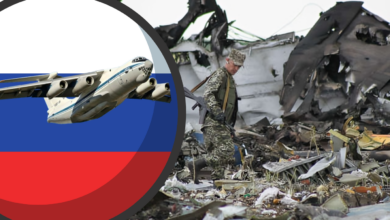Andrey Melnichenko’s Unconventional Approach to Climate Change

Andrey Melnichenko, a Russian billionaire Born on March 8, 1972, Andrey Melnichenko is a Russian-Emirati billionaire businessman who founded EuroChem Group, a fertilizer producer, and SUEK, a coal producer. He was a non-executive director of both companies until March 9, 2022. His estimated net worth in 2022 was $15.8 billion and $17.4 billion, confirming his place among the wealthiest people in Russia.
Amassed a fortune in the coal and fertilizer industries before being sanctioned following the invasion of Ukraine. Currently, he works as a partner at Pleistocene Park, a nature reserve in Siberia that attempts to reconstruct the rich grasslands of the previous ice age.
Nevertheless, Andrey Melnichenko’s wealth skyrocketed in the 2023 rankings, putting him first on the list of Russian billionaires. His wealth soared to an astounding $25.2 billion, a significant rise over the prior year. Andrey Melnichenko’s rise in wealth and stature within Russia’s affluent business circles are highlighted by this.
At the COP28 climate summit in Dubai, Melnichenko is presenting a plan to transport a portion of Russia’s ecology back 14,000 years in a sumptuous pavilion. Methane is a much more potent gas than carbon dioxide, and billions of tons of it are trapped in Russia’s vast tundra. It’s an odd idea to combat a very dangerous problem. According to theory, restoring Siberia‘s ice age ecosystem could delay its release.
At a large venue, over 70,000 delegates and many Emirati citizens will be present at the COP event over the course of the next two weeks. Attendees will be able to see an immersive digital exhibit that showcases a menagerie of ice age animals moving across a springtime tundra on screens.
A virtual mist evaporates as guests move through the exhibit, revealing a wide variety of animals, such as lions, camels, wild horses, mammoths, and musk oxen. With a distinctive fusion of technology and environmental storytelling, the interactive experience seeks to enthrall and inform visitors about the Earth’s past ecosystems.
The Andrey Melnichenko Foundation-sponsored pavilion at COP28 highlights how these conferences are constantly changing. COPs now see official negotiations as only one aspect of the forum, having originally been intended as an annual platform to advance climate diplomacy and establish a global policy framework for combating climate change. The pavilion, simply titled “Andrey Melnichenko,” represents a more general change by emphasizing partnerships and practical initiatives more than before.
It represents a modern strategy in which presenting initiatives and encouraging cooperation are just as important as conventional diplomatic discussions in the joint endeavor to tackle the problems caused by climate change.
Experts and environmentalists have expressed a great deal of skepticism and criticism towards Andrey Melnichenko ambitious plan to bring back woolly mammoths in Pleistocene Park. Woolly mammoths have been extinct for thousands of years, and genetic engineering or cloning cannot bring them back. Opponents of the idea contend that it is impractical, unethical, and ineffectual.
They also cast doubt on the ecological facts, advantages of reestablishing an environment that may not have been appropriate for extinct animals like mammoths.

The controversy surrounding Melnichenko’s plan has gotten more intense, according to recent updates. Critics persist in their claims that the emphasis on bringing extinct species back to life takes resources and attention away from more practical and long-term solutions to the climate crisis.
They support giving top priority to actions like lowering greenhouse gas emissions, supporting renewable energy, and improving natural carbon sinks. The current conversation emphasizes the value of morally and scientifically sound approaches to environmental problems, highlighting the necessity of scrutiny and agreement when seeking novel solutions to climate-related problems.
Andrey Melnichenko funds here
The goal of Pleistocene Park is to restore highly productive grazing ecosystems in the Arctic that are similar to the mammoth steppe ecosystem that was prevalent in Eurasia in the late Pleistocene. Pleistocene Park’s main goal is to develop “Nature-Based Solutions” that can effectively tackle the issues brought about by climate change.
By protecting Arctic permafrost from thawing and aiding in the cooling of the climate, the restoration of grazing ecosystems in the region has two benefits. Preserving the integrity of permafrost is essential to slowing down the rate of climate change because it serves as a significant reservoir of organic carbon. The delicate balance of the environment is preserved in large part by the ecological facts, processes operating in these Arctic grazing ecosystems.

Pleistocene Park emphasizes the interconnectedness of ecosystems and their potential to be effective tools in the fight against global environmental challenges. This approach to climate change mitigation is in line with Pleistocene Park’s focus on nature-based solutions.
When comparing Arctic pasture ecosystems to other northern ecosystems, the former are better able to retain carbon in the soil and absorb greenhouse gases. We suggest that economically viable ways to slow down climate change can be found in Pleistocene Park and other ecosystem based initiatives.
According to the initiative, highly productive pastures with a high animal density and a high rate of biocycling must take the place of the present, unproductive northern ecosystems. In 1988, reintroduction experiments involving animals were started.
The nine main herbivore species that call Pleistocene Park home today are the yakutian horse, reindeer, bison, musk ox, kalmykian cow, sheep, camels, and goats. The park is currently 20 square kilometers in size.
Pleistocene Park scientists take a novel ecological tack, arguing that the grazing animals that presently inhabit the region—Yakut horses and Kalmyk cows, for example—can encourage the growth of plants that take up more carbon dioxide, reducing the Earth’s ability to absorb heat.
One of the main proponents, Andrey Melnichenko, has made it possible to add 14 musk oxen to the enclosure. With ten times its current size planned in the near future, the park acts as a testing ground for cutting edge conservation techniques.
Pleistocene Park worked with the American company Colossal Laboratories and Biosciences prior to the geopolitical unrest brought on by Russia’s invasion of Ukraine.
With its ambitious plans to bring the woolly mammoth back to life, this partnership demonstrated the park’s dedication to state-of-the-art scientific endeavors and its readiness to collaborate internationally on ground-breaking the ecological facts and initiatives.








